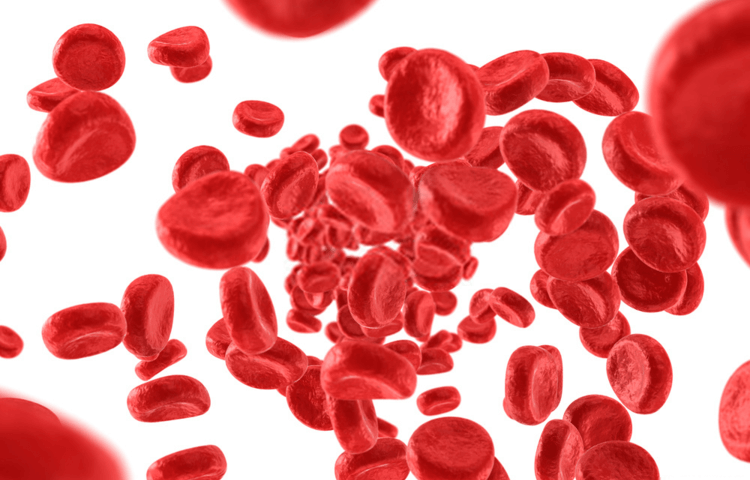Women’s Wellness Part 4: Symptoms of Iron Deficiency
How many of the following symptoms for iron deficiency do you have?
- Non-Physical Symptoms
- Anxiety
- Cognitive dysfunction
- Dizziness
- Fatigue
- Headaches
- Lowered attention
- Light-headedness
- Mood swings
- Post-partum depression
Physical:
- Atrophy or enlargement of the taste buds
- Compromised immune function
- Hair loss
- Koilonychia (Brittle, spoon-shaped nails)
- Leg cramps / heavy legs
- Lowered body temperature
- Mouth sores
- Pale skin complexion
- Palpitations
- Poor thyroid function
- Skin problems
- Shortness of breath
- Swollen tongue
- Restless legs
- Pregnancy complications
Here are some of the mechanisms behind the above symptoms:
Iron is required for tryptophan hydroxylase activity, this enzyme converts tryptophan to 5HTP, the precursor for serotonin – the chemical brain messenger responsible for our happiness. Therefore with inadequate iron levels, serotonin production will be reduced.
Iron is also needed for tyrosine hydroxylase, this enzyme is essential for the production of dopamine – the chemical brain messenger that is responsible for our drive and motivation.
Iron is essential for the intracellular reception of T3. This reduces the activity of the main thyroid hormone thus lowering metabolism, energy, whilst leading to hair loss and other related factors.
Iron is required to make hemoglobulin. Hemoglobulin helps carry oxygen within the blood to tissues, an integral part of energy production. If iron is low, the body’s ability to produce energy is hindered therefore increasing the likelihood for fatigue. This same mechanism leads to reduce oxygen availability to the brain giving reason as to why headaches are also linked to iron deficiency.
The paling of the skin and inside of the eyelids is due to less hemoglobulin within the blood, as hemoglobulin gives blood it’s red pigmentation.
Reduced hemoglobulin levels result in less oxygen within the body. As a compensatory mechanism, the body will start to increase breathing and heart rate in hope to get more oxygen, thus leading to a shortness of breath and increased heart palpitations.
